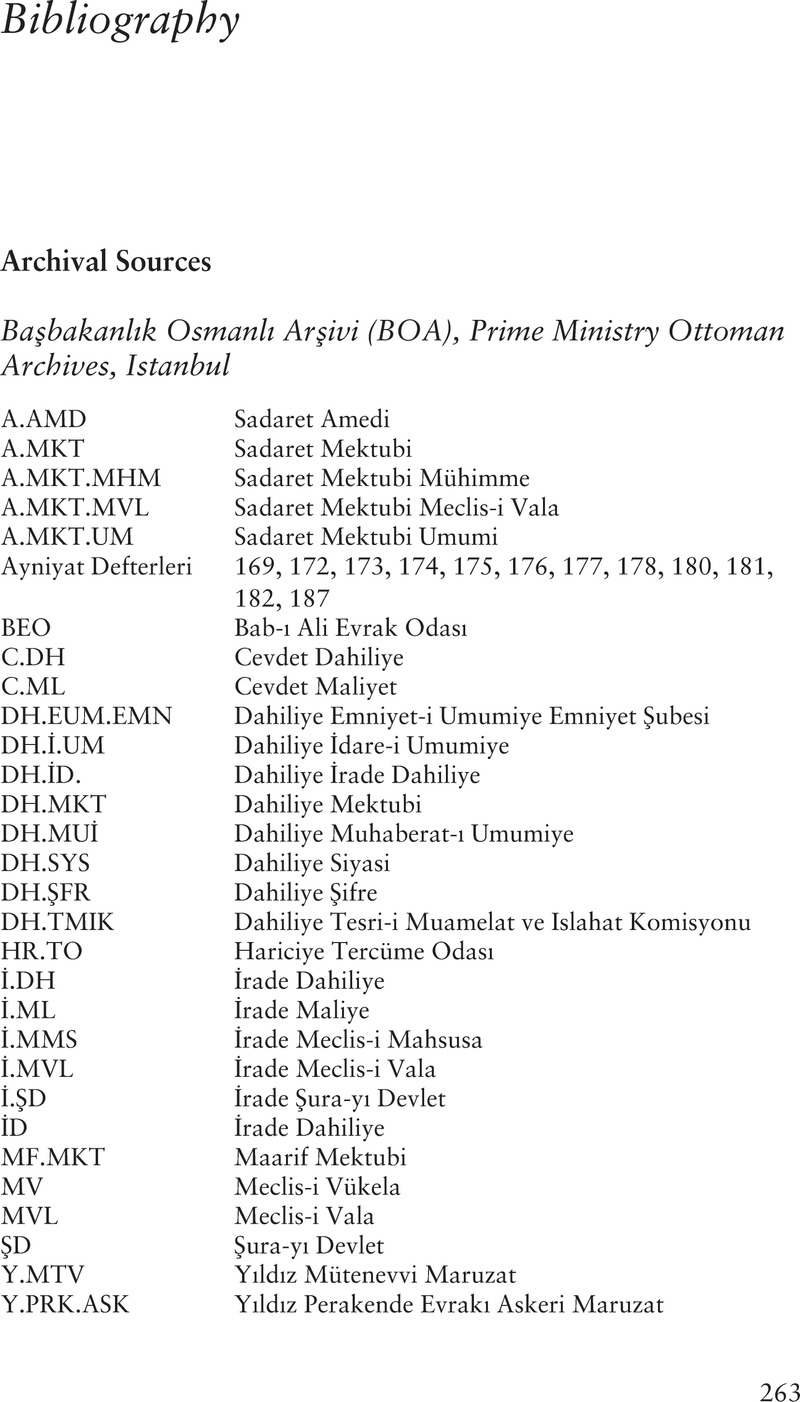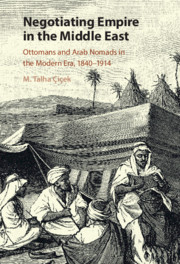Book contents
- Negotiating Empire in the Middle East
- Negotiating Empire in the Middle East
- Copyright page
- Dedication
- Contents
- Figures
- Maps
- Acknowledgements
- Note to the Reader
- Abbreviations
- Introduction
- 1 Conflict
- 2 Reinforcement
- 3 Expansion, Reaction and Reconciliation I
- 4 Expansion, Reaction and Reconciliation II
- 5 Partnership, Provincialization and Conflict
- 6 Taxation
- 7 Justice
- Conclusions
- Bibliography
- Index
- References
Bibliography
Published online by Cambridge University Press: 08 July 2021
- Negotiating Empire in the Middle East
- Negotiating Empire in the Middle East
- Copyright page
- Dedication
- Contents
- Figures
- Maps
- Acknowledgements
- Note to the Reader
- Abbreviations
- Introduction
- 1 Conflict
- 2 Reinforcement
- 3 Expansion, Reaction and Reconciliation I
- 4 Expansion, Reaction and Reconciliation II
- 5 Partnership, Provincialization and Conflict
- 6 Taxation
- 7 Justice
- Conclusions
- Bibliography
- Index
- References
Summary

- Type
- Chapter
- Information
- Negotiating Empire in the Middle EastOttomans and Arab Nomads in the Modern Era, 1840–1914, pp. 263 - 271Publisher: Cambridge University PressPrint publication year: 2021



